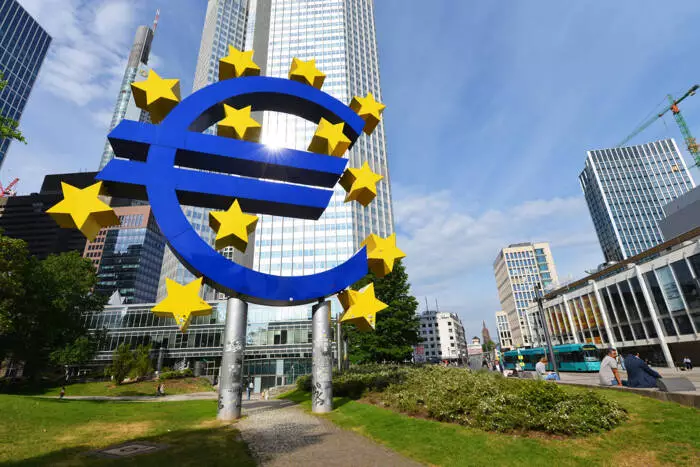The ongoing adjustments to interest rates by the European Central Bank (ECB) are far from mere administrative tasks; they represent a significant pivot in the continent’s monetary policy. As the ECB gears up for what could be its third rate cut this year, expectations run high among market participants who are anxiously awaiting the implications of this move. A reduction of 25 basis points is largely anticipated and has the potential to serve as a catalyst for shifts not just within bond markets, but across various sectors of the economy.
This isn’t just a question of numbers; how the market responds depends heavily on what the cut signifies for the future. Investors are keenly focused on understanding the broader implications of these rate cuts, especially as they look to gauge the pace and magnitude of future adjustments.
The ECB’s communications hold immense weight. Investors and analysts alike will scrutinize every statement to glean insights into how the central bank perceives the economic landscape of the eurozone. This landscape, reminiscent of the challenges faced by a patient under a physician’s care, requires careful attention to detail. An adverse economic outlook, particularly from powerhouse nations like Germany, could have ripple effects through various industries, including automotive manufacturing and high-tech sectors, both of which are essential to the European market.
Conversely, should the ECB offer signs of resilience or improvement, there’s potential for a dramatic rebound in stock markets, effectively restoring confidence among investors who have been on edge due to subpar growth forecasts.
The dynamics of inflation further complicate the ECB’s decision-making process. Dipping below the crucial 2% target, eurozone inflation reflects underlying economic vulnerabilities that necessitate a re-evaluation of monetary approaches. The forthcoming updates on inflation forecasts will be critically important, as they illuminate not just yesterday’s statistics but also provide a strategic roadmap for what lies ahead.
If the ECB indicates a deliberated transition from stringent inflation control measures to policies aiming to bolster growth, market participants may need to recalibrate their investment strategies. This delicate equilibrium—straddling between controlling inflation and stimulating economic expansion—will be a focal point for investors, especially those involved in sectors highly impacted by consumer spending and business investment.
With the prospect of evolving monetary policies, the ECB has the power to reshape the economic futures for countless sectors across Europe. Thus, what is at stake extends beyond the current financial climate; it touches on the potential for economic recovery and growth trajectories in a post-crisis Europe.
As central bankers prepare for their next moves, vigilantly monitoring global economic indicators, investors must remain agile. The anticipated shifts in ECB’s interest rates could be critical in determining whether Europe can overcome its present challenges and secure a sustainable path toward economic resilience. Thus, the central bank’s next decision will hold implications not just for the financial markets but for the very fabric of the European economy itself.

